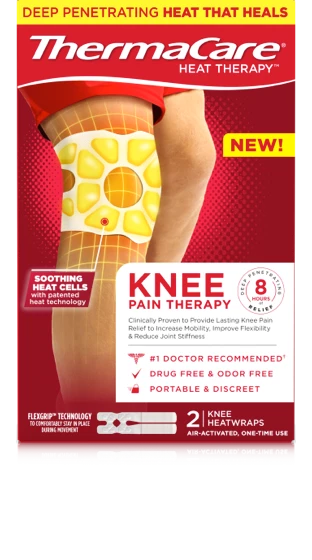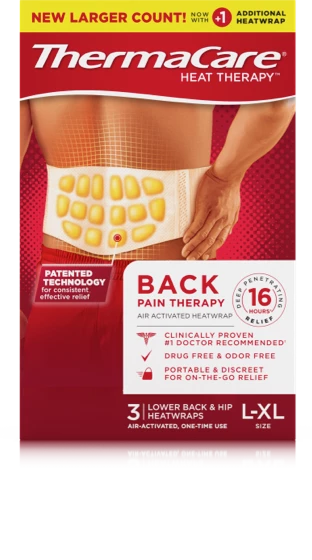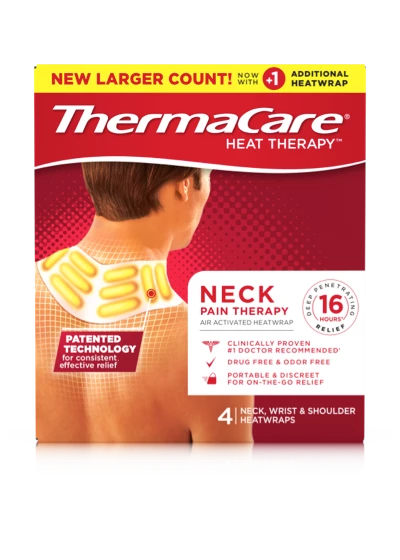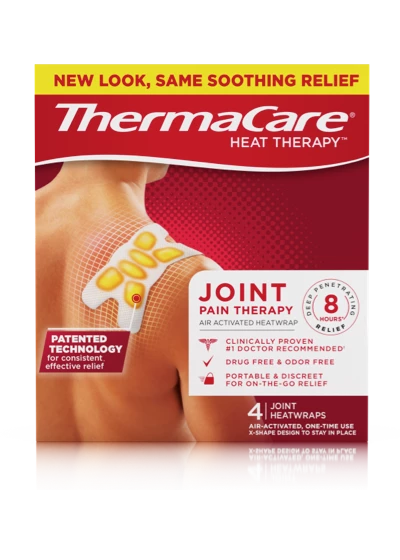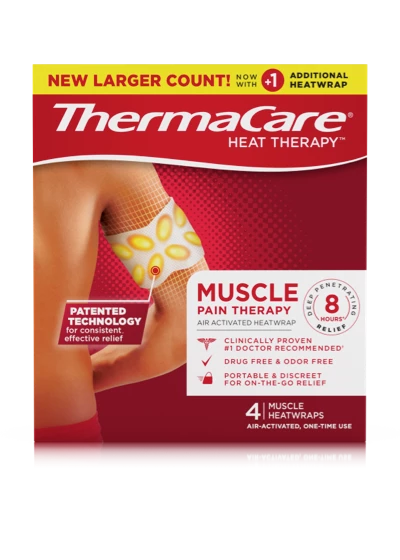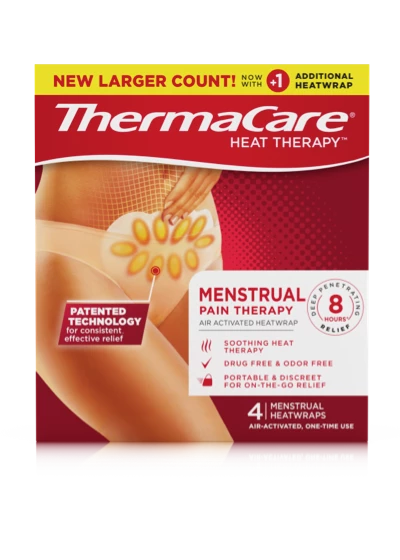- HeatWraps
-
Pain Management
Learn about the causes of aches and pains, tips for prevention, and how to treat them
- Buy Now
- About ThermaCare HeatWraps
- ThermaCare FAQs
- Pain Management
- Healthcare Professionals

How to Treat Knee Arthritis: Natural Relief With ThermaCare
Arthritis can make life tough. Stiff joints, restrictive swelling, and constant pain can limit your movement and affect your day-to-day activities. But don’t worry, you’re not the only one looking for long-term relief. Every day, hundreds of people ask about ways to handle arthritis pain in their knees. Let’s talk about what arthritis is and how you can ease knee pain and make your joints more flexible.
What Is Arthritis?
Arthritis is a chronic condition where your joints become inflamed, causing pain, stiffness, and trouble moving. While there are over 100 types of arthritis, the main ones that affect the knees are osteoarthritis and rheumatoid arthritis. People often call osteoarthritis “wear-and-tear” arthritis because it tends to show up as we get older. Rheumatoid arthritis, however, is when your immune system attacks your joint tissue (Arthritis Foundation).
What Causes Arthritis?
Several factors can contribute to the development of arthritis in the knee:
- Age: Risk increases with age.
- Joint injury: Past injuries can lead to post-traumatic arthritis.
- Obesity: Extra weight puts added stress on the knees.
- Genetics: A family history of arthritis increases your risk.
- Repetitive stress: Jobs or sports that involve repetitive knee motion can contribute (Mayo Clinic).
What Does Arthritis Feel Like?
If you’re wondering, “Do I have arthritis in my knee?”, here are common symptoms:
- Persistent knee pain
- Swelling and tenderness
- Stiffness, especially in the morning
- Grinding sensation or cracking sounds
- Reduced range of motion
Some describe it as a dull ache; others experience sharp pain during movement. These symptoms often worsen after extreme activity or long rest periods. Many people notice increased knee pain when going up or down stairs, which can be a sign of joint inflammation or cartilage wear.
Arthritis and Cold Weather
Many people report increased joint pain and stiffness during colder months. While the exact reason isn’t fully understood, it may be due to:
- Changes in barometric pressure, which affect joint tissues
- Cold temperatures causing muscles to tense up (Cleveland Clinic).
Heat or Cold for Arthritis Pain Relief?
People often ask whether to use heat or ice to ease arthritis pain. The answer depends on your symptoms. Cold treatment works best to reduce swelling and numb sharp pain after you have been active or during flare-ups. It causes blood vessels to constrict and helps limit swelling. Heat treatment is better for long-term stiffness and ongoing pain or arthritis. It increases blood flow, relaxes tight muscles, and helps joints move more easily. This is why many people with arthritis prefer ThermaCare HeatWraps. These wraps provide deep, steady warmth for up to eight hours without drugs, wires, or mess (Harvard Health, Harvard Health).
Physical Therapy for Arthritis
Physical therapy is another good way to handle knee arthritis. A physical therapist can create exercises just for you and use hands-on methods to make the muscles around your knee stronger. This gives your knee better support and keeps it more stable. Stretching routines can help reduce stiffness and increase mobility. Physical therapy can also aid in protecting your joints by preventing unnecessary strain. Heat treatment used in conjunction with physical therapy may reduce the need for additional medical interventions (NIH).
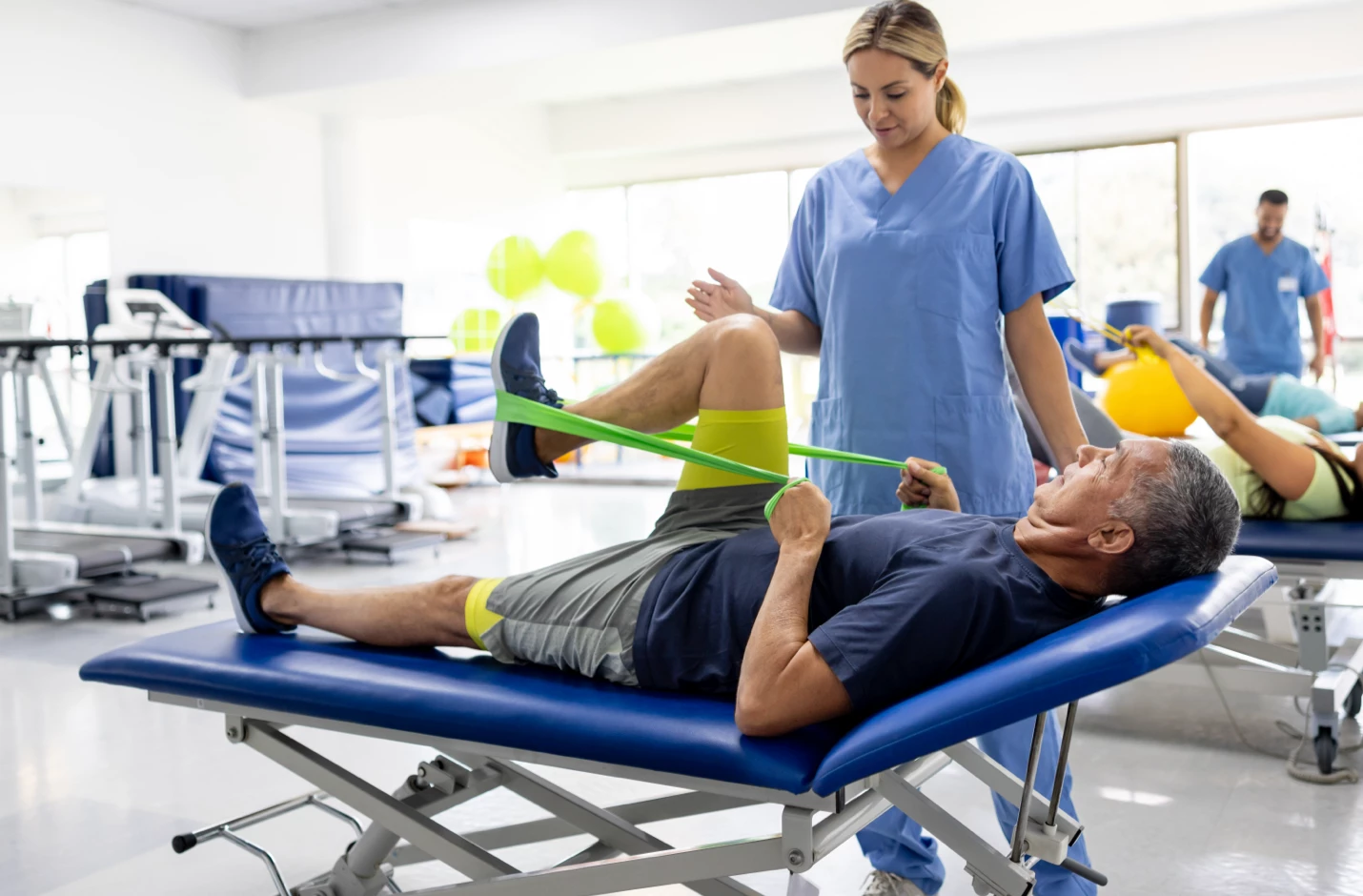
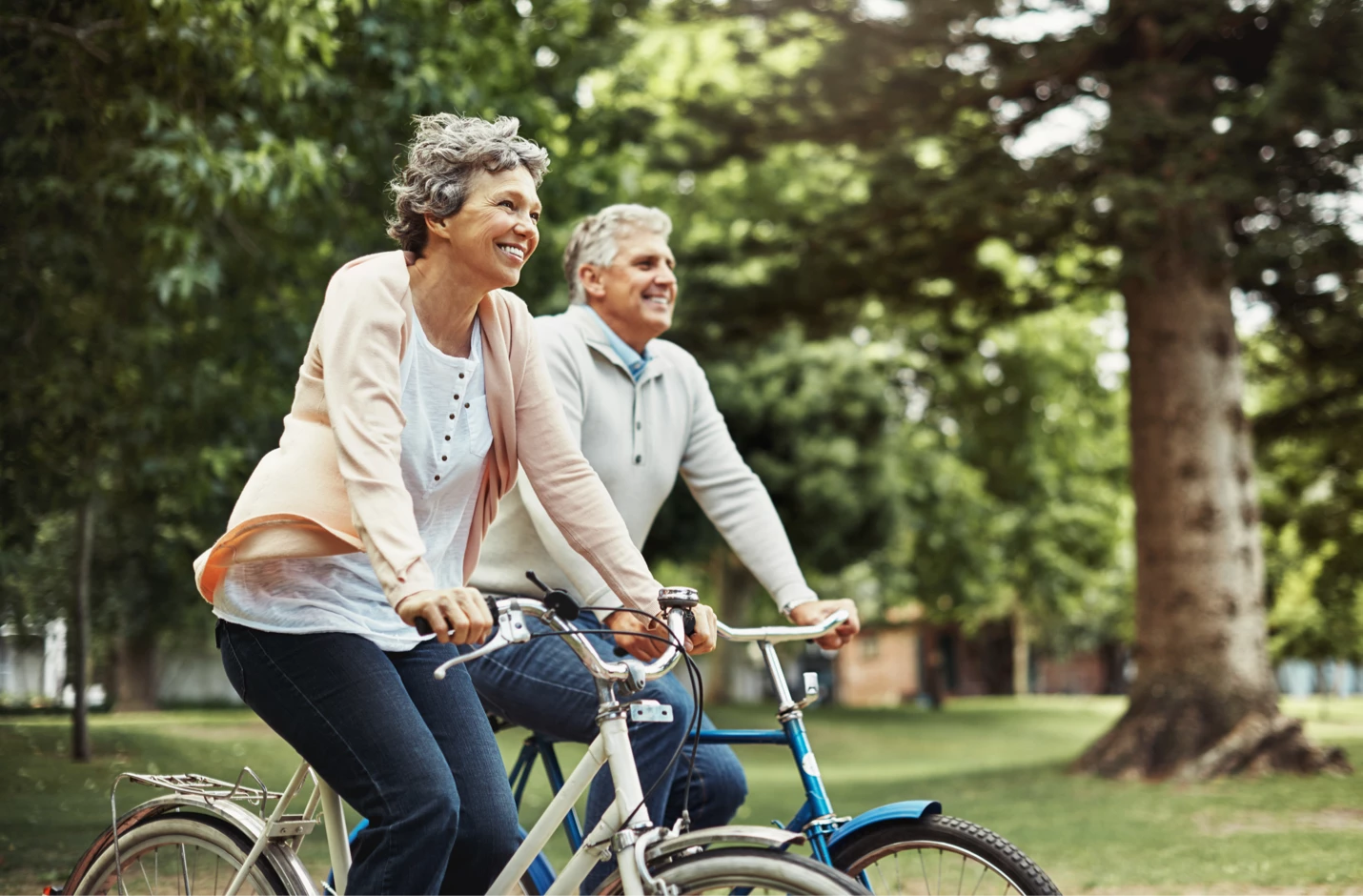
How to Prevent Joint Inflammation
Prevention or reduction of joint inflammation starts with a healthy lifestyle. Maintaining your weight relieves pressure from your knees and decelerates joint deterioration. Doing low-impact weight-bearing exercises (swimming, walking, cycling) on a daily basis can be a good way to exercise your joints with minimal straining. Berries, spinach, nuts, and fish with a high level of omega-3s can help reduce inflammation as well.
Alternative Treatment of Knee Pain
The majority of people turn to alternative medicine to relieve knee pain without resorting to medication. Acupuncture, an ancient method of stimulating specific pressure points, can help increase the brain’s pain threshold. Massage loosens tension and brings blood supply to tissues around the joint. Turmeric, the yellow spice that has anti-inflammatory chemicals, is commonly taken in supplement form by people suffering from arthritis. Topical creams with capsaicin or menthol can temporarily relieve pain by distracting the nerves. While each method varies in effect on an individual basis, combining these with frequent heat therapy tends to be more effective (NIH).
Closing Thoughts on Soothing Knee Arthritis
From identifying the signs of arthritis to using alternative pain relief strategies, each choice matters. ThermaCare HeatWraps are a comfortable and effective way to relieve knee arthritis pain, especially when used in combination with lifestyle modifications, physical therapy, and diet. Our drug-free, patented heat cell technology is easy to wear under clothing, perfect for use at home, in the office, or on the road, without side effects or hassle.
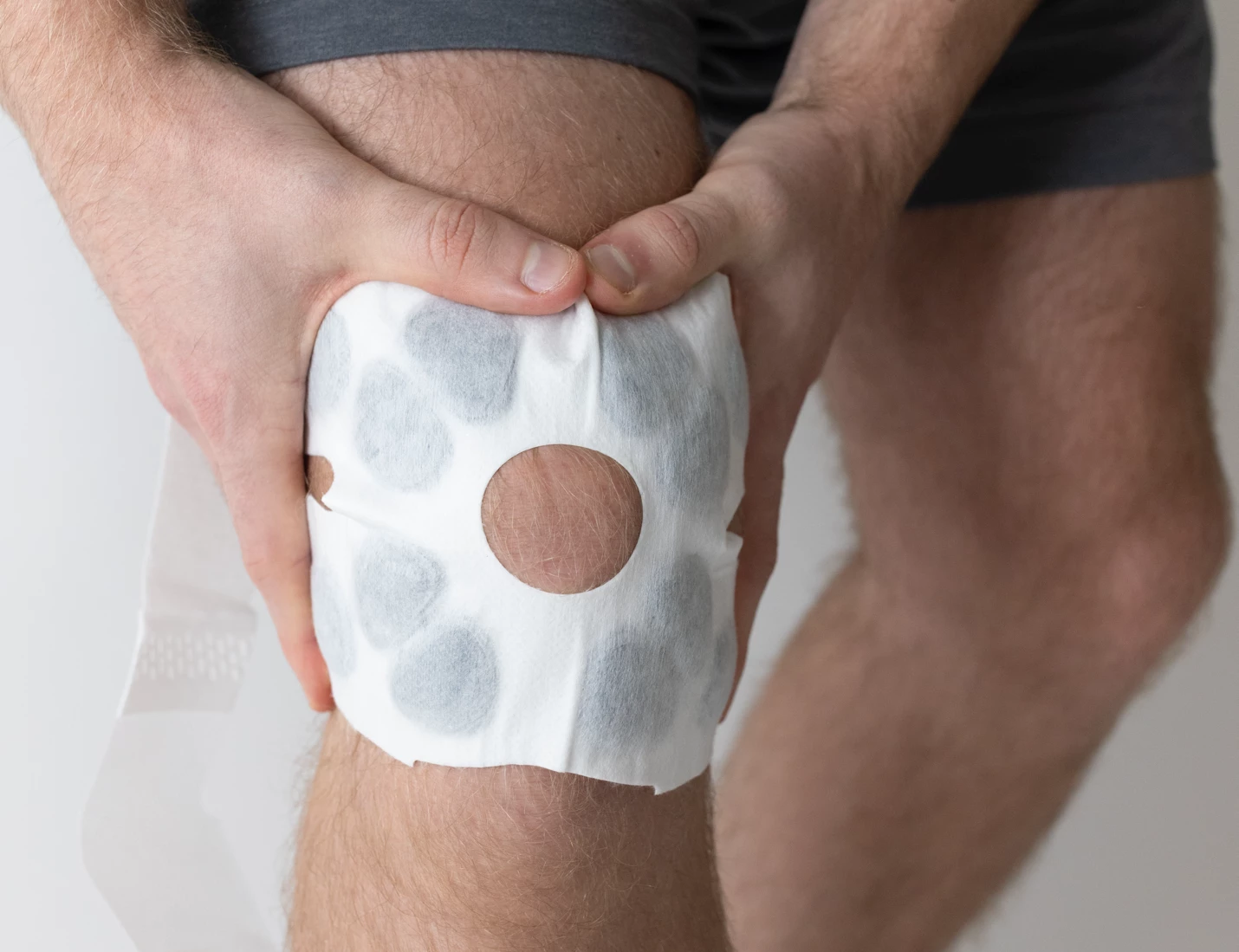

Real heat that
moves with you
Find where to buy ThermaCare Knee Pain Therapy in stores near you and online to bring the heat home.
Shop Now
